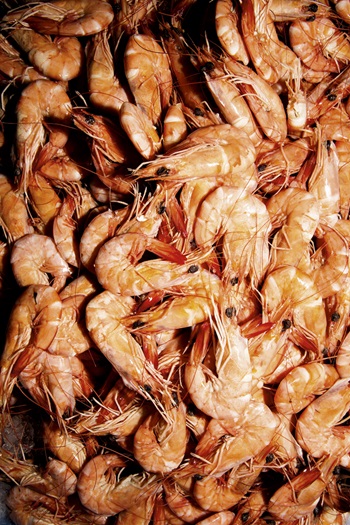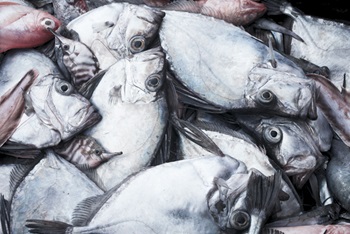Consultation is providing valuable insight into the benefits of and potential improvements to our national fishing and aquaculture strategy
By Josh Fielding
The FRDC is coordinating the development of the National Fishing and Aquaculture RD&E Strategy on behalf of stakeholders – government, industry and researchers – with the aim of guiding the investment of RD&E funds across Australia. A key component in forming the strategy is consultation with the end users of RD&E.
In July, the FRDC facilitated an end-user workshop in Adelaide to discuss the current National Fishing and Aquaculture RD&E Strategy and identify possible changes for the next one.
There were 58 people at the workshop representing most end-user sectors including wild-catch fisheries, aquaculture, indigenous fishing, recreational fisheries, research providers (including universities), workforce development, and post-harvest and fisheries managers from both state and federal government.



Positive outcomes from the first National Fishing and Aquaculture RD&E Strategy included improved collaboration in RD&E and greater communication between research providers, largely due to the success of the National Research Providers Network in the fisheries sector.
Also beneficial was the improved communication from the national strategy’s governance committee, which is made up of representatives of the commercial, indigenous and recreational fishing sectors, fishery managers and research agencies.
The governance committee provides an important link between the strategy, the National Research Provider Network and fishery managers, industry bodies, indigenous representatives and research funders.
Among the presentations were reports on two projects commissioned by the FRDC to help set the context for the new strategy and provide a springboard for identifying some new opportunities.
Ewan Colquhoun, director of Ridge Partners, is conducting one of the projects providing data to underpin the strategy. Ridge Partners is producing a sector overview of the industry across its four sectors – commercial capture, recreational, customary and aquaculture fisheries.
This follows a similar study in 2009 and will enable an understanding of what the industry and fisheries look like today, who is involved, how much they are catching or producing, how the product is used, the main international risks and trends, and their future aspirations.
“There are some mega trends occurring on the international scale and we should be positioning ourselves to capitalise on them,” Ewan Colquhoun says.
“With the increasing world population, in the coming years, aquaculture production for human consumption will overtake production from wild-capture fisheries for human consumption. To maintain its competitiveness the wild-catch sector must investigate novel methods to increase yield, such as reducing waste.”
The other project report presented was the National Seafood Industry Leadership Program (NSILP), part of the FRDC’s people development program.
The group of leaders who participated in 2013 secured funding from the FRDC to undertake a workshop, which they titled the ‘NSILP-13 Seafood Community Think Tank’.
Tony Charles, a NSILP graduate from Australian Prawn Farms, helped to organise the think tank. “It was a great opportunity to get together with a range of people, a ‘new’ batch of leaders for the fishing and aquaculture industries who would not normally come together to think about the opportunities in a different, innovative way,” he said.
The think tank was held at the Sydney Institute of Marine Science.
The workshop identified some common themes at the national level centred on the public perception of fishing and fish farming, streamlining governance and regulatory systems, growth and potential markets for seafood, resource access and allocation, workforce development, and the effects of non-fishing practices on fishing and fish farming.
The other main topic of discussion at the workshop was the governance of the strategy and how to link investment to priorities. Workshop participants felt there were improvements to be made in the timing of funding processes, and that maintaining just a few national priorities is important to obtain sufficient resources to achieve something “deeper not wider”.
They felt this should be clearly articulated in the overall philosophy of the strategy.
Workshop participants said that integrating the governance of the strategy with the governance of other funding processes resulted in a complex structure, which was not well understood by end users.
The current structure of the Fisheries Research Advisory Bodies and the research hub linkages needed to be better integrated with good communication to allow for greater collaboration in the setting of priorities and assessment of research proposals.
There are still several steps in the process of developing the final RD&E Strategy, which will include consulting on a draft document and a workshop with the Strategy Governance Committee. The strategy will be finalised and implemented by 1 July 2015.
It must be approved by all government ministers for agriculture and the Agriculture Senior Official Committee, which comprises the heads of state and federal agriculture departments.
FRDC Research Codes: 2013-239, 2014-235, 2014-503
More information
Josh Fielding, 02 6285 0400
joshua.fielding@frdc.com.au





